Piling pipe is an important engineering material used in foundation engineering and construction fields. It is usually a hollow, tubular structure used to form a stable base support during a process of driving it underground or underwater into soil or water. The main function of the piling pipe is to transfer and bear the load of the building or structure, and transfer the load to the more solid and stable underground through the pipe to ensure the stability and safety of the building or structure. The material and specifications of the piling pipe are determined according to the specific project needs, and are usually made of steel or concrete. Steel piling pipes have high strength and toughness and are suitable for various engineering environments; concrete piling pipes have good corrosion resistance and load-bearing capacity and are often used in projects that require long-term exposure to water or soil.
Types of Piling Pipes
Piling pipes come in different materials, with steel piling pipes being the most commonly used due to their strength, durability, and adaptability in various engineering environments. Other types include:
Carbon Steel Piling Pipes – Cost-effective, strong, and widely used in most construction projects.
Alloy Steel Piling Pipes – More resistant to corrosion and high temperatures, making them ideal for marine and high-temperature environments.
Stainless Steel Piling Pipes – Superior corrosion resistance, suitable for marine structures, chemical plants, and wet environments.

Material requirements for piling pipes
1.Steel requirements
Carbon Steel: One of the most commonly used materials, it has good strength and durability. Advantages include relatively low cost, ease of processing and bending, and suitability for most engineering environments.
Alloy steel: better resistant to corrosion and high temperature, suitable for special environments, such as marine engineering or high temperature areas.
Stainless steel: It has good corrosion resistance and is suitable for situations that require long-term exposure to moisture or harmful substances, such as marine or chemical engineering.
2. Strength requirements
Yield strength: usually required to be above 350MPa to ensure that the piling pipe will not undergo plastic deformation or damage when bearing load.
Tensile strength: should be above 400MPa to ensure that the piling pipe is not prone to tensile fracture during installation and use.
3. Corrosion resistance requirements
Anti-corrosion coating: For carbon steel piling pipes, it is often necessary to apply an anti-corrosion layer to enhance corrosion resistance and extend service life.
Stainless steel: has good corrosion resistance and is suitable for projects that require long-term exposure to corrosive environments.
4. Toughness and impact resistance
Low temperature toughness: If the piling pipe is used in a cold environment, it is required to have good low temperature toughness to prevent cold brittle fracture.
Impact toughness: It may be impacted during installation, so the piling pipe needs to have good impact toughness to ensure that it is not prone to breakage.
5. Processing performance
Weldability: Piling pipes often need to be welded, so they are required to have good weldability to ensure the strength and sealing of the welded joints.
Processability: Easy to cut, drill and bend to meet the needs of different engineering projects.
6. Comply with standards and specifications
International standards: such as ASTM A252, EN, etc., to ensure that the quality and performance of piling pipes comply with industry standards.
ASTM A252 – Commonly used in the U.S. for welded steel pipe piles.
EN Standards – European standards for construction-grade steel piles.
How Are Steel Piling Pipes Manufactured?
The manufacturing process impacts the mechanical properties and durability of piling pipes. Common production methods include:
Hot rolling process: often used to produce carbon steel piling pipes, which can improve the strength and toughness of the pipes.
Cold rolling process: suitable for producing alloy steel or stainless steel piling pipes with higher requirements, maintaining the material properties of the pipes
Advantages of Steel Pipe Piles Over Other Foundation Options
As opposed to other options for deep foundations, pipe piles offer several advantages. They lower costs because they are capable of being tailored to meet specific load bearing requirements. They are simple to drive and install, and they’re easy to inspect and test before use. They are sturdy and unlikely to crack or otherwise get damaged while they are being driven into the ground. Additionally, pipe piles can be added to bolster foundation support after construction and during various phases of construction.
Common piling pipes Sizes
Pipe piles come in a variety of sizes that can support loads between 50 and 500 kips. They may be several inches in diameter to several feet in diameter. Common sizes range from 8” in diameter to over 50” in diameter. If you’re looking to buy used pipe pile, you should have no problem finding plenty of options in this range, with the highest number of options in the diameter range of 18” to 28”. Pipe piles can be joined together to create pile structures that are hundreds of feet long.
In general, piling pipes are an indispensable and important material in foundation projects. Through their solid support function, they ensure the safety and stability of buildings or structures. The above is a detailed introduction to the general material requirements for piling pipes. Different projects and environments may be different. Choosing appropriate materials and specifications is one of the keys to ensuring project quality and safety.






 English
English Español
Español بالعربية
بالعربية
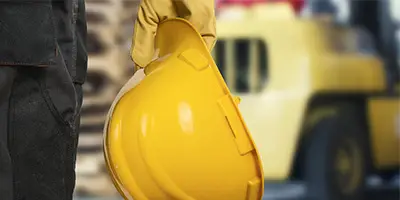
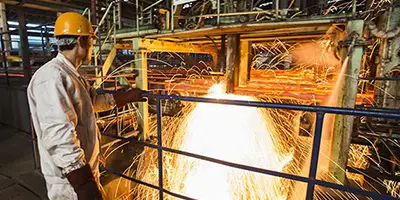
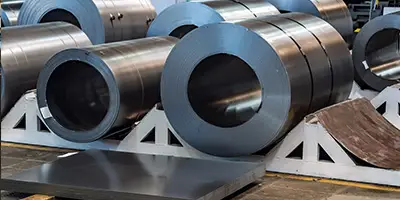

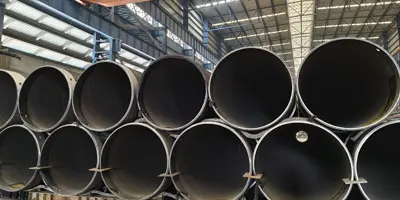
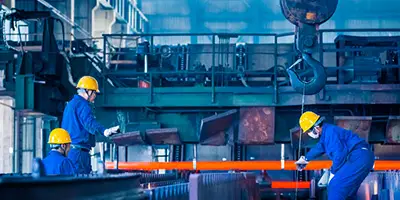
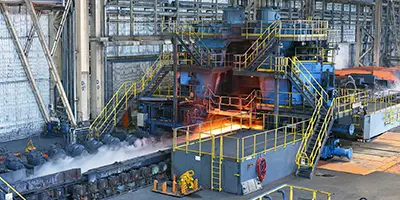




 Phone :
Phone :  Whatsapp :
Whatsapp :  Email :
Email : 


